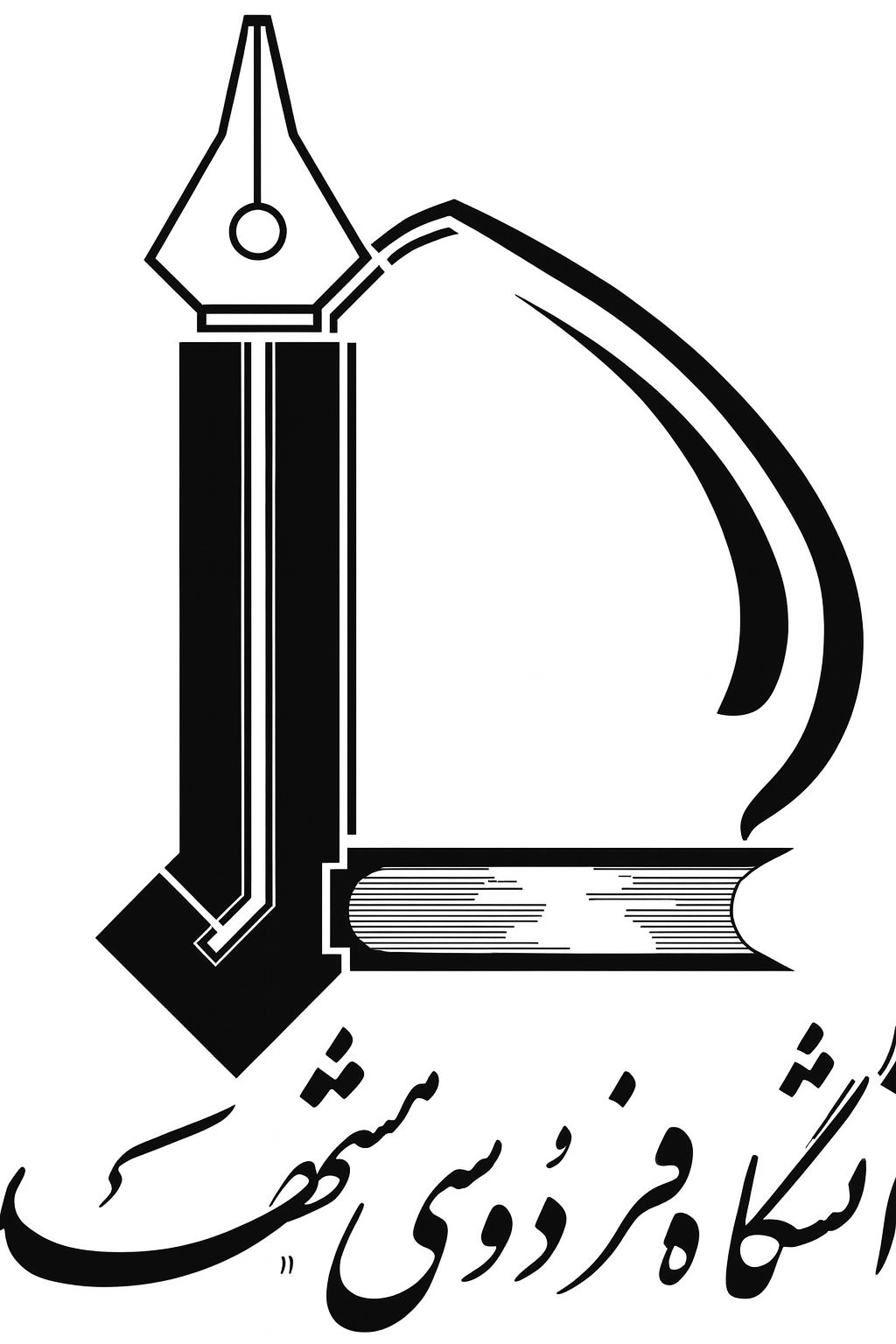Title : ( Optimizing mung bean productivity and root morphology with biofertilizers for sustainable farming )
Authors: afsaneh yousefi , Jafar Nabati , Reza Mirzaeetalarposhti , Ali Malakshahi Kurdestani ,Abstract
The excessive use of chemical fertilizers has raised major environmental and economic concerns in legume cultivation. This study assessed the effects of various fertilizers, including biofertilizers and chemical nitrogen, on yield, root characteristics, and nutrient dynamics in two mung bean genotypes (Partow, IC418452). Field trials were conducted over a two-year period in Mashhad, Iran, using a factorial randomized block design. Treatments included two genotypes and six fertilizer levels: control, N-fixing bacteria (FLNF), P-solubilizing bacteria (PSB), K-solubilizing bacteria (KSB), a consortium (FLNF + PSB + KSB), and Urea. Yield components, biomass, root morphology, nodulation, and plant/soil NPK concentrations were measured and analyzed. Fertilizers significantly affected yield, biomass, root structure, and nutrient uptake. Urea yielded the highest biomass, grain yield, and root area, especially in Partow. However, the microbial consortium significantly improved yield components compared to the control and uniquely maximized root nodulation and inoculation percentage, indicating an enhanced biological nitrogen fixation potential. On average across the two seasons, urea increased grain yield by 46% and biomass by 41% relative to the control, whereas the microbial consortium enhanced root nodulation by 62% and yield by 32%. Significant genotype×fertilizer interactions highlighted genotype-specific responses. Nodulation correlated positively with yield. Both urea and the PGPR consortium significantly increased mung bean productivity. While urea maximized yield, the consortium provided considerable yield gains and enhanced biological nitrogen fixation potential, presenting a viable and sustainable alternative to reduce reliance on chemical nitrogen. The goal was to understand the relationships between root morphology, nutrient utilization, and yield to promote sustainable, high-yield mung bean cultivation. These findings highlight the potential of multi-strain biofertilizers to maintain mung-bean productivity while reducing dependence on synthetic N inputs.
Keywords
, Mung bean, Biofertilizer, Nodule activity, Sustainable agriculture, Total root length@article{paperid:1105489,
author = {Yousefi, Afsaneh and Nabati, Jafar and رضا میرزایی تالارپشتی and علی ملکشاهی کردستانی},
title = {Optimizing mung bean productivity and root morphology with biofertilizers for sustainable farming},
journal = {Scientific Reports},
year = {2025},
volume = {15},
number = {1},
month = {November},
issn = {2045-2322},
keywords = {Mung bean; Biofertilizer; Nodule activity; Sustainable agriculture; Total root length},
}
%0 Journal Article
%T Optimizing mung bean productivity and root morphology with biofertilizers for sustainable farming
%A Yousefi, Afsaneh
%A Nabati, Jafar
%A رضا میرزایی تالارپشتی
%A علی ملکشاهی کردستانی
%J Scientific Reports
%@ 2045-2322
%D 2025


